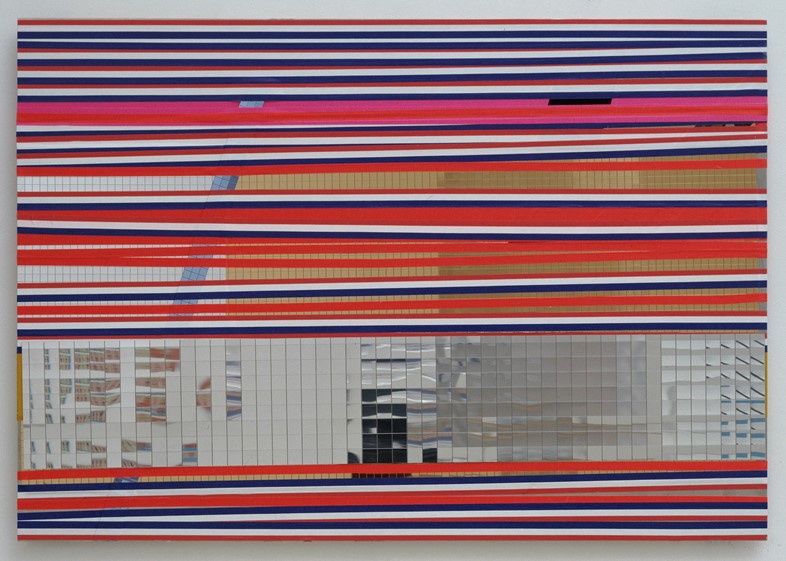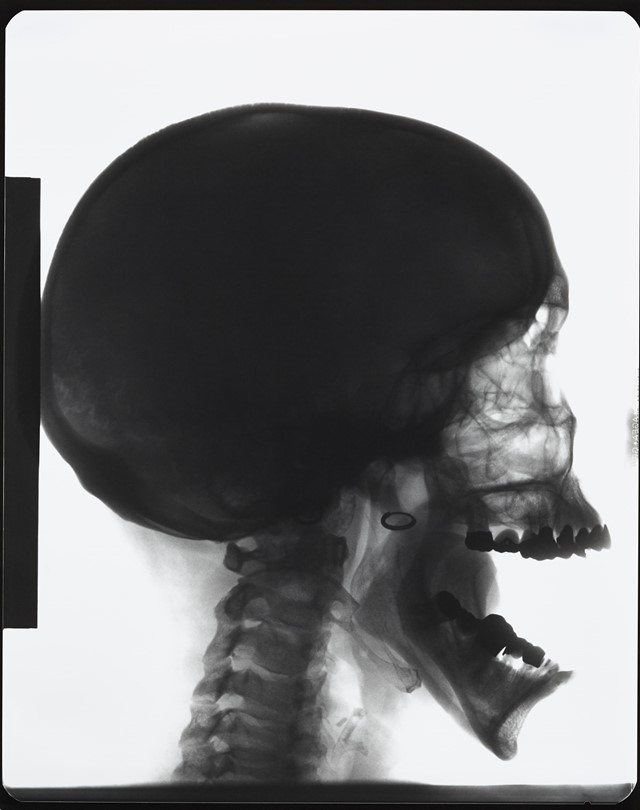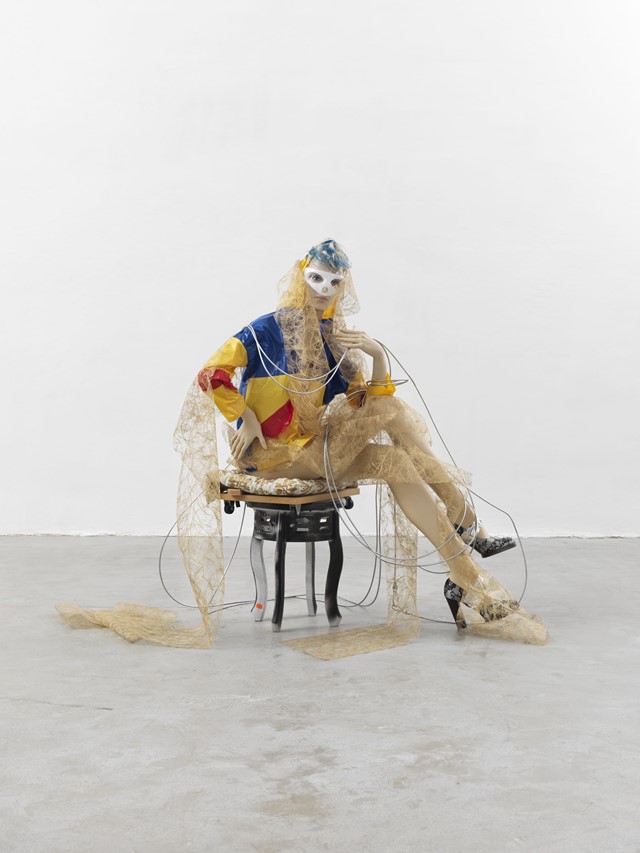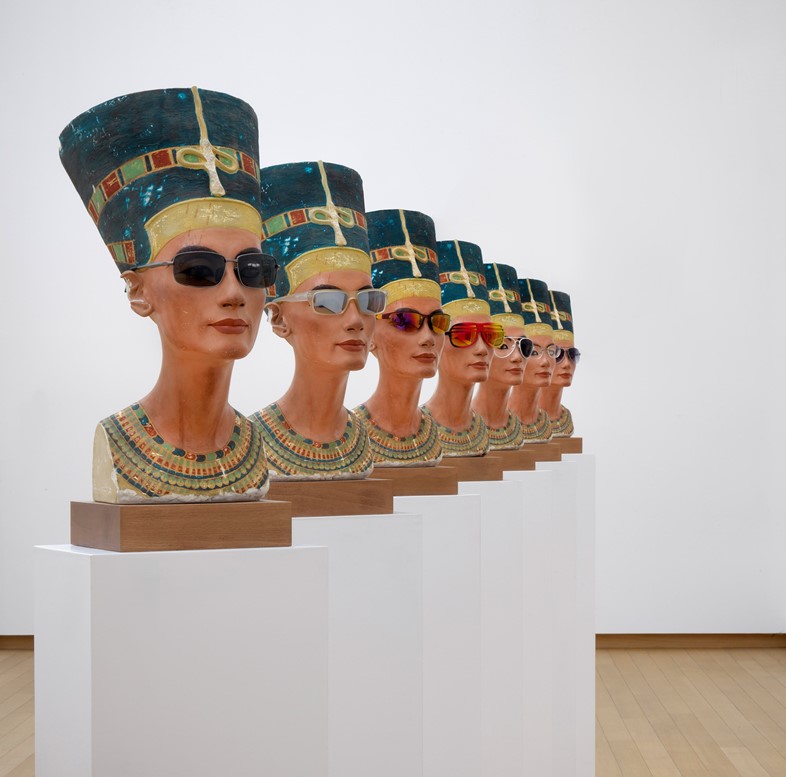Mannequins, Ikea junk and neon bargain-bin treasures come together in a new exhibition by the Berlin-based artist upending contemporary sculpture
Who? Isa Genzken is one of Germany’s most defiant, elusive and inscrutable artists, whose predominantly sculptural work straddles social commentary, abstract personal diary, and neon-tinted dream. She was born in 1948 in Bad Oldesloe, in the country’s most northern state of Schleswig-Holstein, later moving to Düsseldorf to study painting at its prestigious Academy of Art. As her work would later exemplify, Genzken was never satisfied with simply one thing: her restless curiosity meant that she commuted regularly to Cologne where she was also enrolled at that city’s university, taking art history and philosophy classes alongside her practical art degree, while also working as a model part-time to pay for her multiple tuition fees. In art class one day, instead of completing a drawing assignment, Genzken crumpled the paper rebelliously and threw it on the floor. From that point onwards, rejecting conventions became her speciality.
Gerhard Richter was Genzken’s teacher at the academy, and years after meeting, they entered into a fraught but intensely collaborative marriage, which lasted ten years before their divorce in the 1990s. Memorably, they designed the König-Heinrich Platz underground station in Duisburg together, combining Richter’s love of collapsing colours with Genzken’s interest in blurring the boundaries between sculpture and public space. After her divorce, Genzken moved away from Cologne, spending short stretches of time exploring Lower Manhattan before settling in Berlin, where she became close friends with local art stars including Wolfgang Tillmans, and where she is still based today.
Her ongoing battle with bipolar disorder and alcohol addiction has informed much of Genzken’s output: the moods in her head and the moods she garners from her surroundings spectacularly combine in the shapes and arrangements of her sculptures. Personal life is transformed into a porous, mysterious exterior world that’s open to the viewer’s own projections and varied interpretations. In the art world and in her own, Genzken’s mantra resounds: “I love being daring.”

What? Effervescent, intimate, and psychologically expressive sculptures are Genzken's bread and butter – evocative three-dimensional, bric-a-brac collages that are part junk-yard ready-made, part American minimalism, and part Poundland make-up bag. Ever since the 1970s Genzken has been interested in building on the idea of what a sculpture is and could mean. She was one of the first artists to create sculptures designed on the computer, and by the 1980s, she was making emphatic concrete forms that looked like bunkers balanced elegantly on golden pedestals.
Genzken is fascinated by architecture and its impingement on the way our realities are shaped: she named her large, looming concrete evocations of windows and doorframes after streets she has lived on in a way that abstractly ties memory with place. Her work relishes in its own subjectivity: in 2000, for example, Genzken asserted her dislike for the austere, “rational” post-war architecture that had been so pervasive in Germany by boldly entitling one piece Fuck the Bauhaus.

Genzken’s best-known work is Rose (1993/7) – perhaps a partial reference to her birth-name, 'Hanna-Rose' – a giant enamelled steel replica of the flower that towers above Leipzig’s museum district, and of which, in 2005, Genzken built a second version for MoMA. It’s not the symbolism that intrigues her, but rather the possibility of conveying a certain shine and shape, one that resembles the mass-produced fake flowers you find in pound shops. An interest in materiality, the bastardised legacy of modernism, and the relationship between the individual and the world is continually evoked in her art.
Large X-Rays from 1991 captured Genzken herself laughing, smoking, and drinking, in a brazen visual statement that asks 'what does it mean to be inside of your own head?' Mannequins, thrift-store finds, Ikea junk, and neon kitchen equipment from bargain bins are now Genzken’s paint and plaster. Her work takes the form of a kind of spatial collage that encourages the viewer to make personal, interior links in their mind. As Genzken states: “I like to put things together that were previously unconnected. This connection is like a handshake between people.”

Why? This summer marks the beginning of a Genzken retrospective in Berlin, at The Martin Gropius Bau, which is aptly and abstractly entitled Make Yourself Pretty! This is the first time that Genzken’s home city celebrates the broad spectrum of work produced by its own trailblazing artist, and the collection includes everything from her early films and collaged books to bespectacled Nefertiti sculptures and thrift-store totems.
It’s an exhibition that emphasises the artist’s brave and varied output, and which celebrates Genzken’s break with the status quo. She once said: “I always wanted to have the courage to do totally crazy, impossible, and off-key things.” The exhibition showcases all of this and more, glorifying Genzken’s continued championing of the irrational, the dream-like, the subjective, and the personal.
Isa Genzken: Make Yourself Pretty! runs until June 26 2016, at Martin-Gropius-Bau, Berlin.
